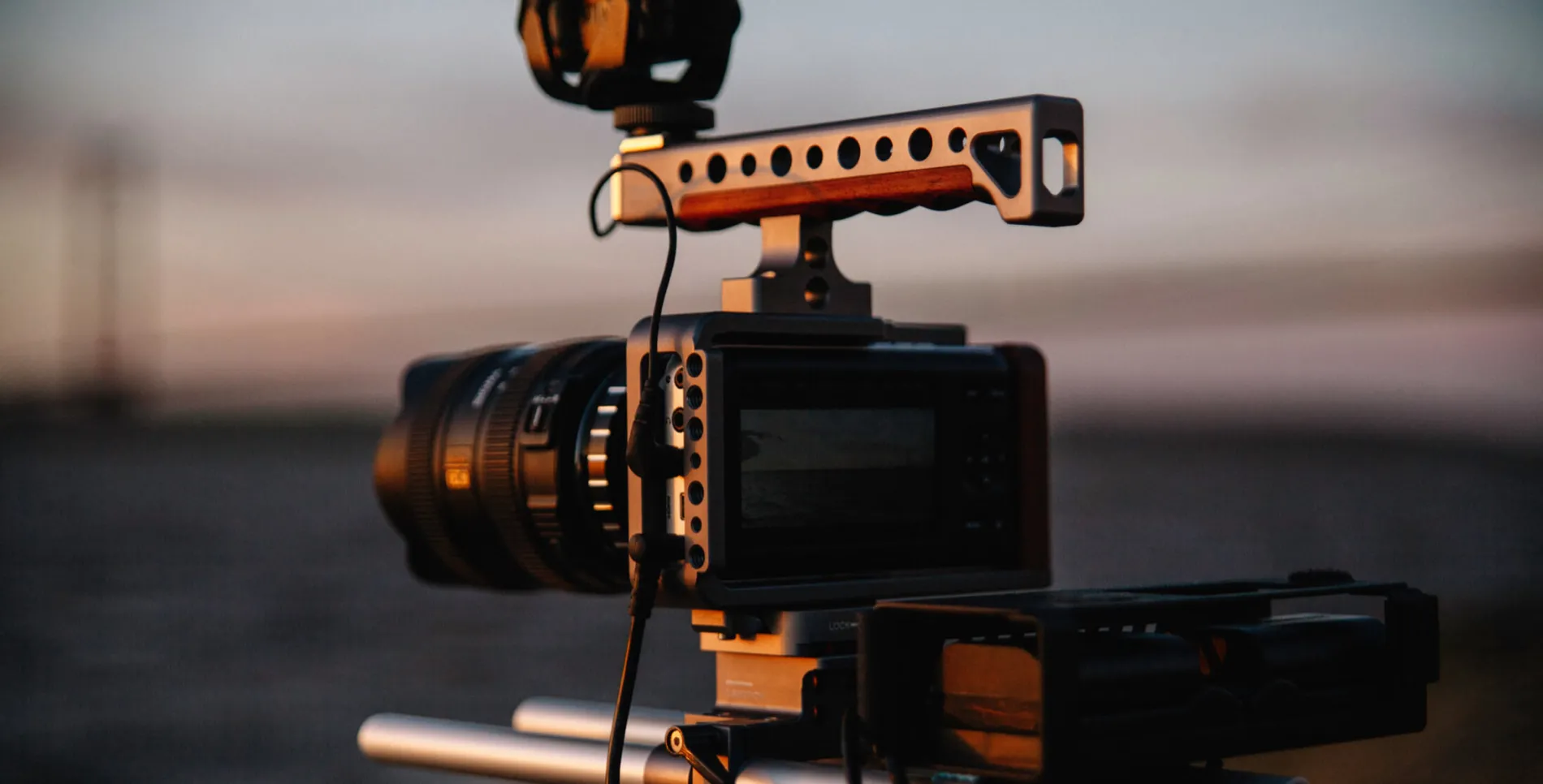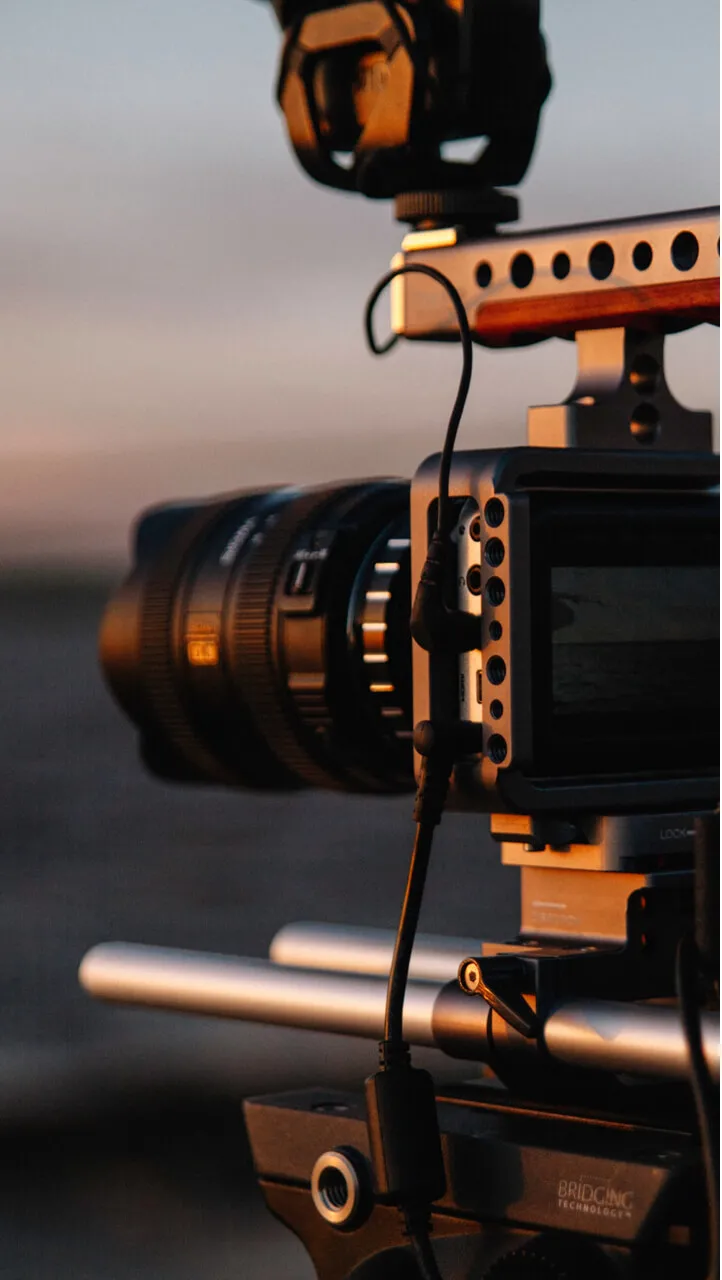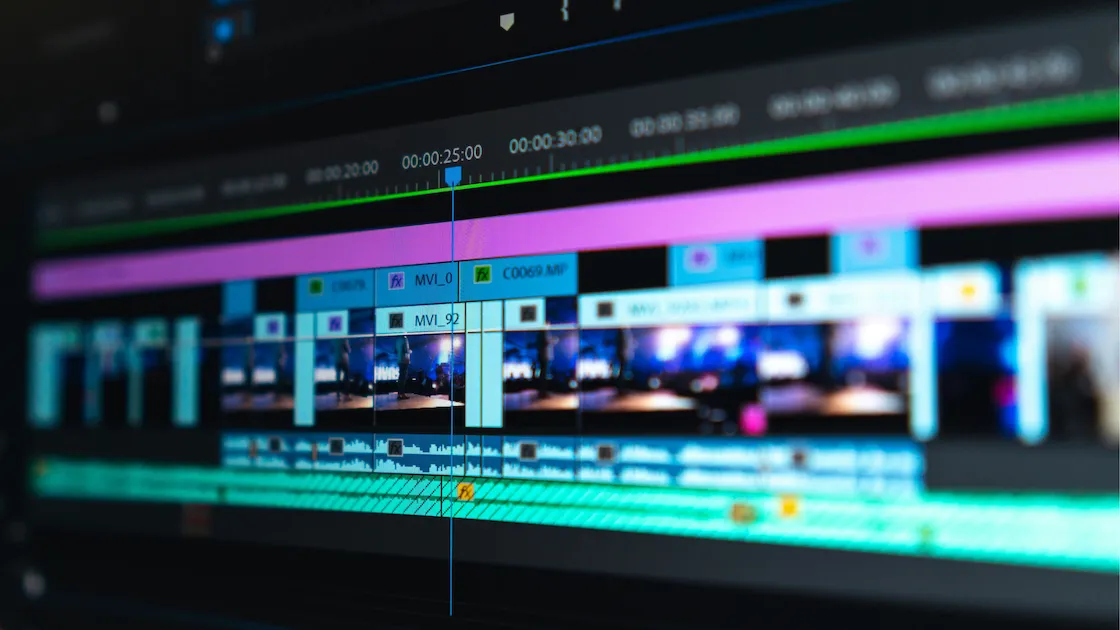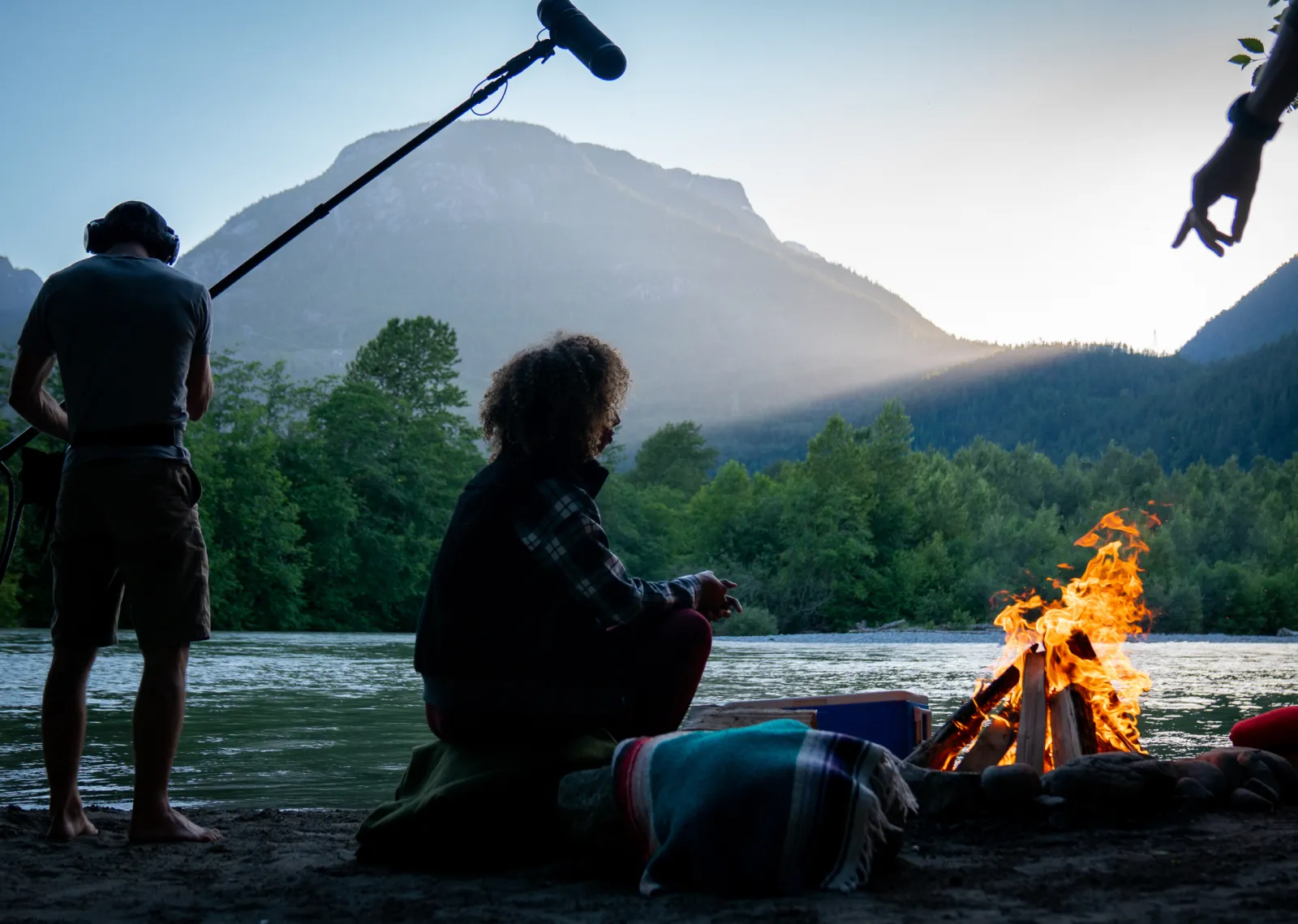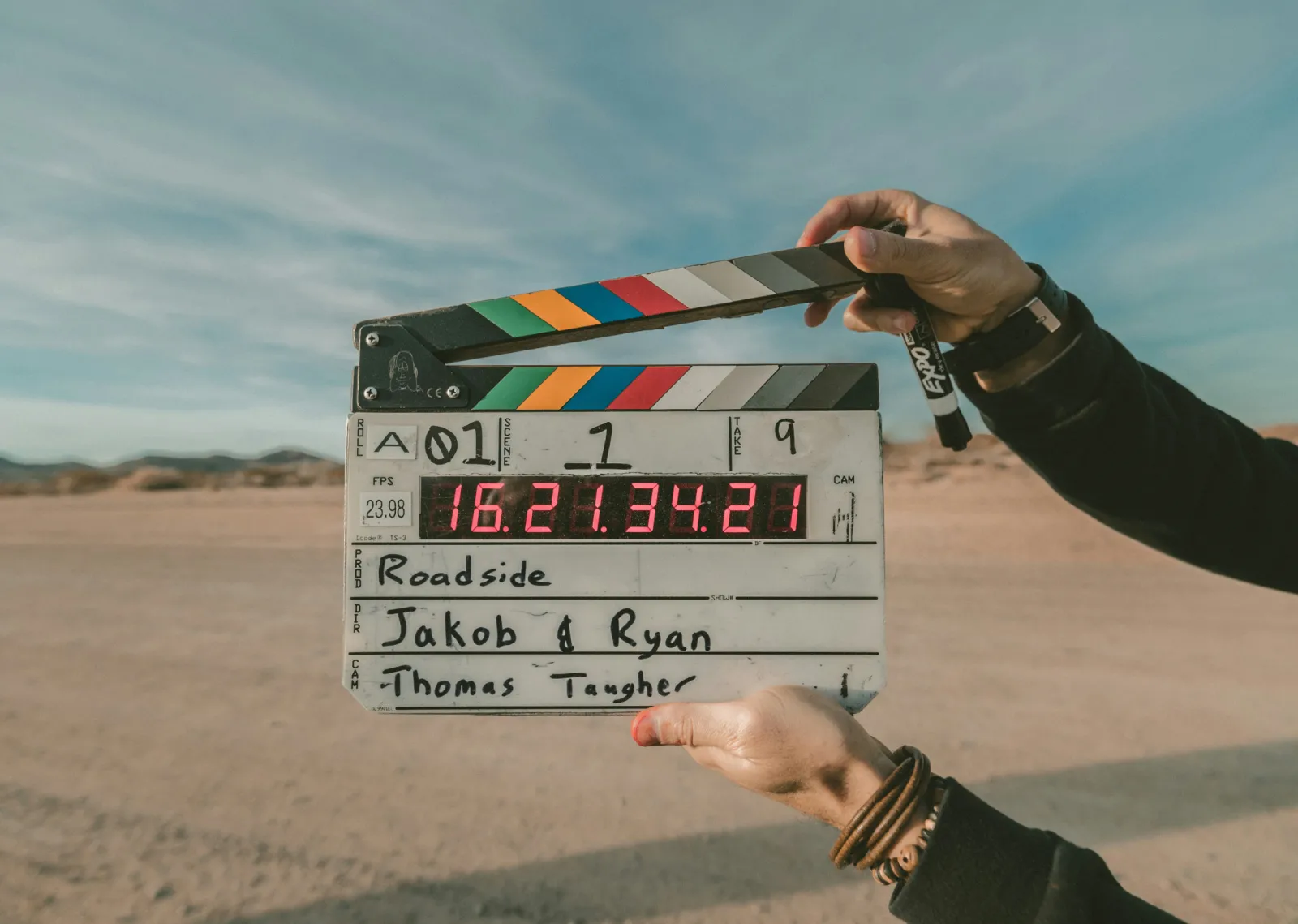Winning the asset capture game
Asset capture is one of the most logistically challenging and potentially most costly aspects of brand development and expression. Follow these seven golden rules to help keep your asset capture efforts efficient, focused, true to brand, and, yes, on budget.
The challenge of asset capture is almost ubiquitous among our clients. Unsurprisingly, the specifics of the challenge vary depending on the client, and also depending on a tremendous variety of factors, including season, weather, talent (on both sides of the lens and in both pre and post-production), intent, and budget. Actually, there are many more challenges that can rear their ugly heads at any time, but these are the ones we deal with most.
Asset capture is one of the most logistically challenging and potentially most costly aspects of brand development and expression. Follow these seven golden rules to help keep your asset capture efforts efficient, focused, true to brand, and, yes, on budget.
Rule 1: Know your story, know your goals
This may seem painfully obvious, but it’s amazing how often we see time wasted on the job simply due to a lack of clarity regarding what we’re actually supposed to be getting. Because there are so many factors at play (see above for just a partial list), it’s particularly important to go in with a solid plan. At Origin, we go by the motto know your story, know your goals. Knowing your story ideally means you know both how the assets will fit into your larger brand story, but also how they’ll work as a story unto themselves. And knowing your goals simply means knowing what, exactly, you hope to accomplish from the capture.
The upshot? Don’t scrimp on pre-production concepting and logistics, or you’ll likely pay the price further into the process.
Rule 2: Be flexible
While this probably sounds a bit contradictory to Rule 1, it’s actually just a reflection of reality, which is that sometimes, despite the best-laid plans, stuff happens. So yes, go in with a solid, well-communicated plan, but also go in with an open mind and the willingness to be nimble and think creatively on the fly. This is when it really helps to have the support of professionals who’ve “been there, done that” and are likely to have insights on how best to work around whatever pops up.
Rule 3: The devil’s in the details
In pursuit of the big picture, sometimes it’s easy to forget how much impact - positive or negative - the details can have. Think about your background. Consider apparel. Try to put yourself in the eyes of the viewer. Be aware of things like signage or other attributes that might be confusing or simply dated by the time your creation is set loose on the world. Of course, also consider how any of these factors align with your brand, or the specific campaign. For instance, if it’s a family-oriented campaign, you might not want that brand new marijuana dispensary in the background, no matter how legal it is, or how much you like the owner.
Rule 4: You’re not as different as you think you are (but you’re probably different enough)
What we’re trying to say (gently, politely, kindly) is that in most cases, to most viewers, a ski resort looks like a ski resort. While your mountain is no doubt beautiful and awe-inspiring, that alone is not enough to differentiate it from your competitors. Now, you needn’t differentiate in every frame of every capture (that would be exhausting), but it is often important to deliver a strong sense of place. So think carefully about what really sets you apart: is it a landmark? The way the sun hits a certain slope at a certain time of day? Maybe it's an iconic building, or patrol shack? Maybe it’s a personality. Whatever it is, identify it; but only after considering whether or not it truly sets you apart.
Rule 5: Don’t underestimate post-production!
It’s truly amazing how post-production can transform raw footage. The simple addition of a soundtrack or voice-over can completely change the tone of your creative, and supers (on-screen text) are an effective way to convey necessary info. Sound and colour design also have a huge impact. All of which is to say, don’t fret too much if you’re not absolutely thrilled with your raw footage, because sometimes, the real magic happens in post.
Rule 6: One minute is longer than you think
Enough said.
Rule 7: Don’t “spray and pray”
This relates to Rule 1 above, but because it’s so important, it’s worth reemphasizing. The truth is, you don’t need a ton of footage that’s probably just going to sit around on a hard drive, unwatched until the end of time. While we’d love for you to keep our team busy in the field for days on end, the only good advice is to be as strategic and goal-oriented as possible when it’s time to press “record.” It’s great to have a diversity of footage to choose from; it’s not so great to spend weeks sifting through endless hours of useless material.
